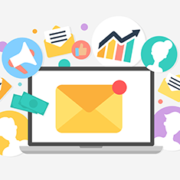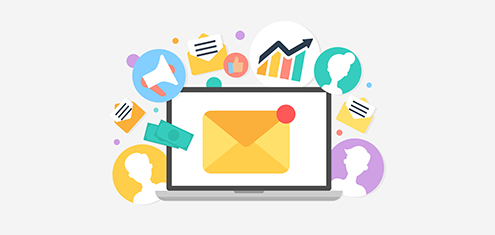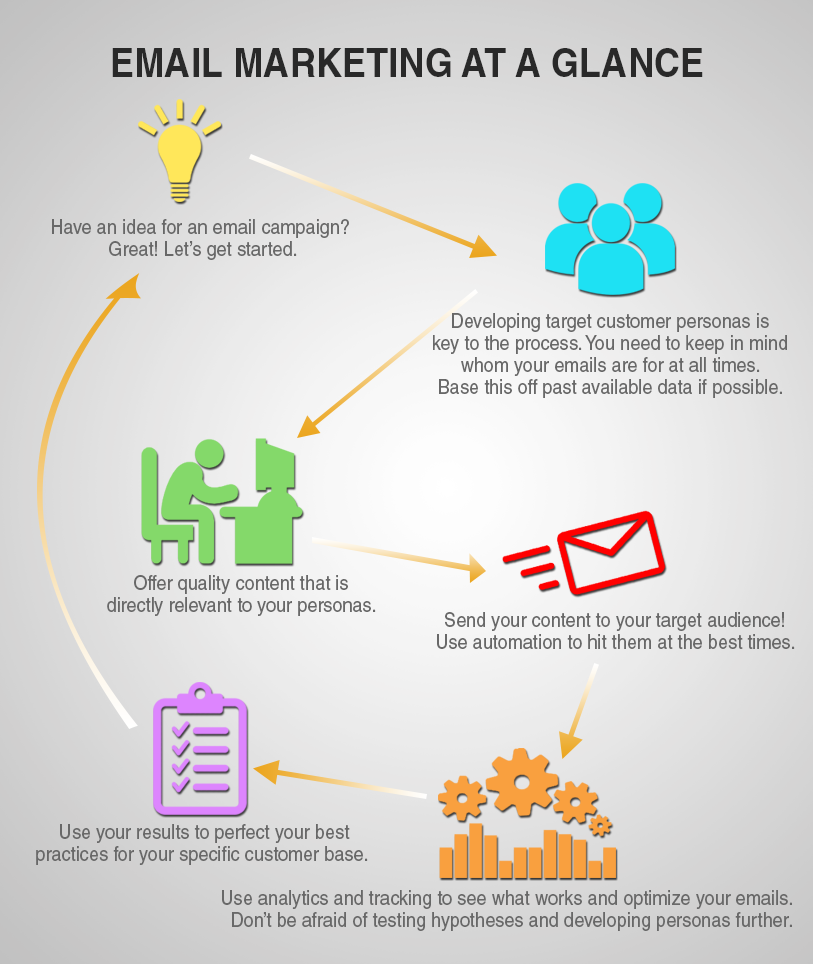With the rise of social media, many “traditional” online marketing tools have fallen out of the spotlight in the glamorous new world of Facebook, Instagram, and Snapchat. Marketers scramble to discuss the latest marketing campaigns that can be implemented with social media.
However, email marketing is one of the marketing tools that should be discussed in earnest. Email marketing is still useful and has its place in the modern B2B marketer’s repertoire.
Already, 82% of B2B and B2C companies make use of email marketing technology.
With such a large proportion of companies using email marketing, isn’t it about time to bring the attention back to email marketing and its benefits?
For many, it’s simply a matter of weighing pros and cons. The question is, “Why should I use email marketing and not devote my resources to a different marketing tactic?”
With email marketing, there is also the risk of ‘spamming’ subscribers. This potentially alienates leads. After all, people don’t tend to think favorably of someone who is annoying them.
Then why use email marketing?
You can deliver relevant content to relevant people
Email marketing, done right, should be unobtrusive. Although this sounds like a foreign concept when sending primarily unsolicited emails, the key is that these emails are actually delivering value to the recipient.
For example, if someone isn’t interested in learning about education, there’s no point in emailing them an eBook on the latest trends in primary schools. If they happened to be a primary school teacher, that’s a different story.
This is why it’s important to develop customer personas for your email marketing campaigns. Subscribers receive content from your campaigns that is relevant to their interests, while your company can easily publicise offers and information to an audience who fits your persona.
You can develop the optimal email approach for your audience
The real beauty of email marketing is that marketers can employ the scientific method and test hypotheses by changing variables. Minor tweaks in design, content, subject lines and other aspects can make all the difference between a successful and unsuccessful email campaign.
The accessibility of metrics to gauge customer response also makes email marketing analysis easier. The open, click-through-to-open, and unsubscription rates provide insight into what your personas are most receptive to.
With a mailing list’s large sample size, marketers can employ A/B testing to test an email against a version that has a single change. After a series of tests, information can be used to optimize the emails to be most appealing to your audience and can help figure out questions like “What content and designs entice the most opens and click-throughs?”
In this way, marketers can have a systematic approach to their email campaigns. Based on past results, you can develop best practices for your target customer persona.
Seeing as email marketing is still useful in delivering the right value to the right customers in an optimised way, marketers should be making the most of email marketing campaigns. To do so, there are some general practices which can be undertaken to avoid ‘spamming’ the client.
How to use email marketing
- Tailor your email for your customer persona. Through rigorous testing, you can decide the best content, design, subject lines, and formatting for your audience. Personalization doesn’t hurt. Instead of making your emails sound generic, your copies should appeal directly to the recipient based on past successful practices.
- Use workflow automation to make your life easier. The bulk of your work should be in the email content and the analysis of performance. After that, emails can be automated to be sent out when it’s the best time for your audience. This comes back to email’s ease of testing. Based on past campaigns and results, you can determine the time of day when emails are most opened. Don’t forget to consider time zones too – will the email be sent out before the work day for recipients in Eastern Time and Pacific Time?
- Above all, provide quality content. You need to give the customer a reason to stop and open your email. This can be done through providing offers and information that are directly relevant to the persona they fit. When you provide value to recipients, you’re no longer ‘spamming’ them with irritating emails.
While there is the opportunity for many spectacular email marketing campaigns, for every successful one, there are countless others that simply harass the user. For this reason, we have provided a simple infographic to remind you of email marketing’s stages and best practices.
Remember, email is only as exciting as the marketer chooses it to be. Data from your emails can be used in various ways. For example, why not sub-filter mailing lists depending on whether they’re opened, sending related email offers only to those who have expressed interest?
Depending on the way it’s utilized, the sky is the limit with email. Although social media and new marketing techniques have many benefits as well, marketers shouldn’t forget about classic email marketing.







Leave a Reply
Want to join the discussion?Feel free to contribute!